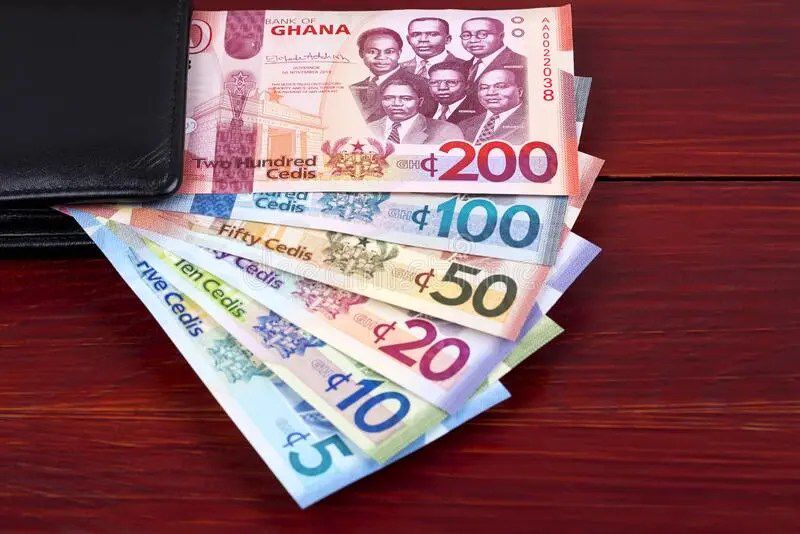The Ghanaian cedi experienced depreciation against the US dollar as of February 10, 2025, according to data compiled from various sources, including Cedirates.com, a reliable platform for currency and fuel updates in Ghana. The buying rate for the US dollar stood at GHS15.30, while the selling rate reached GHS15.78, representing a 4 pesewa decrease in both buying and selling rates compared to the preceding Wednesday’s averages. This downward trend indicates a weakening of the cedi against the dollar, increasing the cost of acquiring dollars for Ghanaians. The forex bureau rates reflected a similar trend, with buying rates at GHS15.50 and selling rates at GHS15.90 per dollar. These rates are typically slightly higher than interbank rates due to the added margin charged by forex bureaus.
The interbank market, where banks trade currencies amongst themselves, offered slightly different rates. The buying rate for the US dollar on the interbank market was reported at GHS15.48, while the selling rate was marginally higher at GHS15.49. These rates are generally considered benchmark rates and often influence the rates offered by other financial institutions and forex bureaus. The relatively small spread between the buying and selling rates on the interbank market suggests a relatively stable trading environment, although the overall depreciation of the cedi against the dollar remains a concern.
The cedi’s performance against other major currencies like the British Pound and the Euro also showed signs of weakness. The average exchange rate for the British Pound was GHS18.91 for buying and GHS19.59 for selling. Similarly, the Euro traded at GHS15.71 for buying and GHS16.38 for selling. These rates, like the dollar rates, indicate a relatively higher cost for Ghanaians to acquire these foreign currencies. The Bank of Ghana’s interbank rates for the Pound and Euro were GHS19.23 and GHS16.03 respectively, serving as benchmarks for other market participants.
Money transfer services offered competitive rates for remittances to Ghana. LemFi and Afriex, two prominent money transfer operators, provided attractive rates for dollar transfers from the US or the UK. LemFi offered a rate of GHS15.33 per dollar, while Afriex provided a slightly higher rate of GHS15.39 per dollar. For British Pound transfers, LemFi offered GHS19.05, while Afriex offered GHS19.70 per pound. These rates represent a more cost-effective option for individuals sending money to Ghana compared to traditional banking channels. Euro transfers through Afriex were priced at GHS15.88 per Euro, and LemFi offered a comparable rate of GHS16.03. The competitive nature of the money transfer market benefits consumers by providing more choices and potentially lower transfer costs.
For digital subscriptions like Netflix, Spotify, and Apple Music, the exchange rates were slightly higher. Visa payments were processed at a rate of GHS16.59 per dollar, while Mastercard payments were processed at GHS16.53 per dollar. These rates are usually determined by the payment processors and card networks and often include fees and charges associated with international transactions. The slightly higher rates for digital subscriptions compared to other exchange rates highlight the complexities of international payment systems.
In summary, the Ghanaian cedi faced downward pressure against major international currencies, including the US dollar, the British Pound, and the Euro, as of February 10, 2025. This depreciation translates to higher costs for Ghanaians importing goods and services priced in these currencies. While the interbank market exhibited a relatively stable trading environment, the overall trend indicated a weakening cedi. Money transfer operators offered competitive rates for remittances, providing a more cost-effective channel for sending money to Ghana. However, digital subscription payments faced slightly higher exchange rates due to processing fees and international transaction charges. The data compiled from Cedirates.com and other sources offers a comprehensive overview of the Ghanaian cedi’s performance against major currencies and highlights the dynamic nature of the foreign exchange market.


